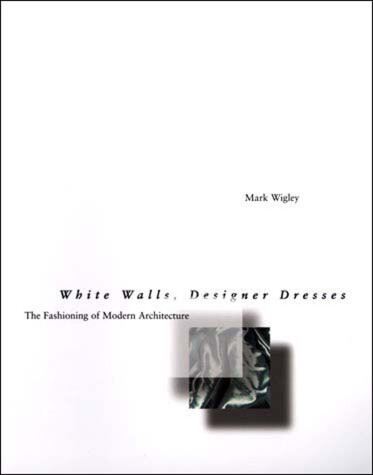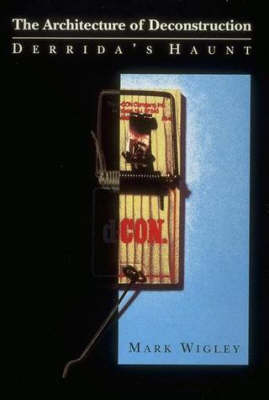The MIT Press
2 total works
Wigley follows the trajectory of this key subtext by closely reading the statements and designs of most of the protagonists, demonstrating that it renders modern architecture's relationship with the psychosexual economy of fashion much more ambiguous than the architects' endlessly repeated rejections of fashion would suggest. Indeed, Wigley asserts, the very intensity of these rejections is a symptom of how deeply they are embedded in the world of clothing. By drawing on arguments about the relationship between clothing and architecture first formulated in the middle of the nineteenth century, modern architects in fact presented a sophisticated theory of the surface, modernizing architecture by transforming the status of the surface.
White Walls, Designer Dresses shows how this seemingly incidental clothing logic actually organizes the detailed design of the modern building, dictating a system of polychromy, understood as a multicolored outfit. The familiar image of modern architecture as white turns out to be the effect of a historiographical tradition that has worked hard to suppress the color of the surfaces of the buildings that it describes. Wigley analyzes this suppression in terms of the sexual logic that invariably accompanies discussions of clothing and color, recovering those sensuously colored surfaces and the extraordinary arguments about clothing that were used to defend them.
Nowhere, Mark Wigley asserts, are the stakes higher for deconstruction than in architecture-architecture is the Achilles' heel of deconstructive discourse, the point of vulnerability upon which all of its arguments depend. In this book Wigley redefines the question of deconstruction and architecture. By locating the architecture already hidden within deconstructive discourse, he opens up more radical possibilities for both architecture and deconstruction, offering a way of rethinking the institution of architecture while using architecture to rethink deconstructive discourse.
Wigley relentlessly tracks the tacit argument about architecture embedded within Jacques Derrida's discourse, a curious line of argument that passes through each of the philosopher's texts. He argues that this seemingly tenuous thread actually binds those texts, acting as their source of strength but also their point of greatest weakness. Derrida's work is seen to render architecture at once more complex, uncanny, pervasive, unstable, brutal, enigmatic, and devious, if not insidious, while needing itself to be subjected to an architectural interrogation.
Wigley provocatively turns Derrida's reading strategy back on his texts to expose the architectural dimension of their central notions like law, economy, writing, place, domestication, translation, vomit, spacing, laughter, and dance. Along the way he highlights new aspects of the relationship between Heidegger and Derrida, explores the structural role of ornament and the elusive architecture of haunting, while presenting a fascinating account of the institutional politics of architecture.

